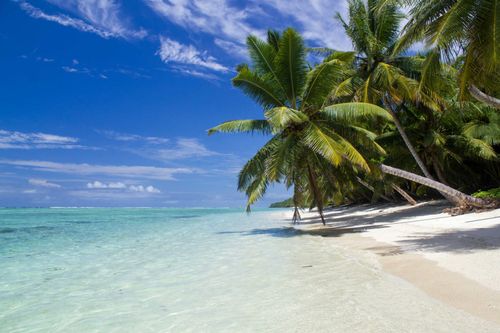Room rates generally represent excellent value for money. In areas popular with tourists, rates rise slightly during the high season (July-August) and prices in any town can double or treble during a major fiesta. In addition, room rates in resort towns popular with Bolivians increase at the weekend. These are also the only circumstances in which reserving a room in advance is necessary. Prices also vary by region: accommodation in big cities tends to cost more (notably in Santa Cruz), whereas smaller towns that see a lot of budget travellers – Coroico, Copacabana, Rurrenabaque – tend to have a good range of inexpensive places to stay.
Accommodation names – hotel, hostal, residencial and alojamiento – mean relatively little in Bolivia. Virtually all high-end accommodation will call itself a hotel, but then many basic places do so as well. Smaller and cheaper hotels – also known as hostales, alojamientos or residenciales – tend to offer basic rooms with shared bathrooms only, but they still vary widely in price, cleanliness and comfort. Cabañas are self-contained cabins or bungalows, sometimes with their own kitchenettes, usually found away from big cities. Note that a motel is not an inexpensive roadside hotel, but a place where unmarried couples go to have sex, while a pension is a cheap place to eat, rather than somewhere to stay.
Hotels
There’s no standard or widely used rating system for hotels, so other than the information given in this book, the only way to tell whether a place is suitable or not is to have a look around. It’s usually worth asking to see a few different rooms and choosing one you like rather than just accepting the first you’re offered. There’s usually some flexibility in all price ranges, so a little haggling is always worth a try, especially when the hotel seems fairly empty, or if you’re in a group: the phrase “Tiene un cuarto más barato?” (“Do you have a cheaper room?”) is useful. The cheapest places often charge per person, but otherwise single rooms tend to cost as much as or only slightly less than double rooms. Rooms with double beds (cama matrimonial) usually cost less than those with two beds.
Even in the coldest highland cities heating is generally only found in the more expensive hotels. In the lowlands, heat rather than cold is often a problem. All but the cheapest rooms are equipped with a fan, and many places offer the option of air-conditioning. In the lowlands, you should also check whether the windows of your room are screened against mosquitoes or if the bed is equipped with a net.
All but the cheapest places have hot water, but the reliability and effectiveness of water-heating systems varies considerably. Many hotels have a strong box where you can lock up your valuables – though you should count cash carefully before handing it in, and ask for a receipt. Many places will also store luggage for you, often free of charge.
Hostels
The number of hostels in Bolivia is slowly increasing, and many of them are affiliated with Hostelling International (whihostels.com). Relatively few have dorms or traditional hostel facilities like communal kitchens, offering instead simple and inexpensive rooms, normally with a choice of either shared or private bathroom.
Camping
Few travellers bother camping in Bolivia, unless they’re exploring the country’s wilderness areas. Outside cities and towns, however, you can camp almost everywhere, usually for free. Be aware, though, that in the highlands it gets extremely cold at night, while in the lowlands, mosquitoes can be a real problem if your tent isn’t screened. In the rainforest, a hammock combined with a fitted mosquito net and a tarpaulin to keep off the rain allows you to camp out pretty much anywhere.
When looking for a place to camp, it’s usually okay to set up your tent in fields beyond the outskirts of settlements, but you should ask permission from the nearest house first. In wilderness areas where there’s no one around to ask, you can camp freely. On the more popular trekking routes you may be asked for a small fee of a dollar or two by local villagers. Though attacks on trekkers are rare, you’re obviously vulnerable if camping out alone: it’s best to camp with at least one other person, and women shouldn’t camp unless accompanied by men.
In some national parks and other protected wilderness areas you’ll find rustic shelters – albergues or refugios – where you can stay for a small fee, often in the campamentos used by the park guards. Rudimentary cooking facilities and running water are usually available.
Specialist camping equipment is expensive and difficult to come by in Bolivia, being sold only in a few shops in La Paz and Santa Cruz, so you should bring all you need from home. If you do need to buy stuff, it’s often best to look for travellers wanting to get rid of equipment they no longer need – check out the notice boards in popular budget hotels in La Paz.












